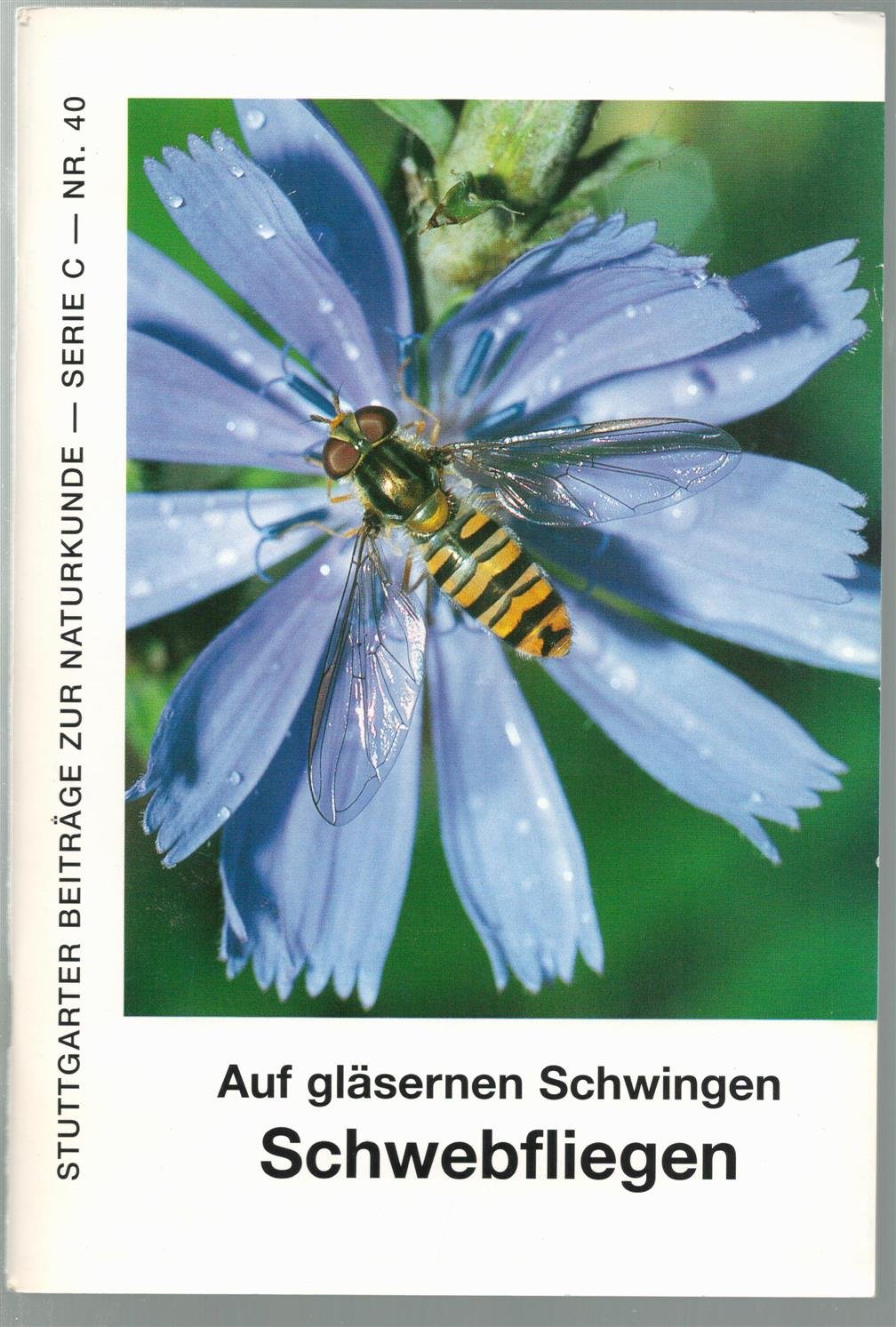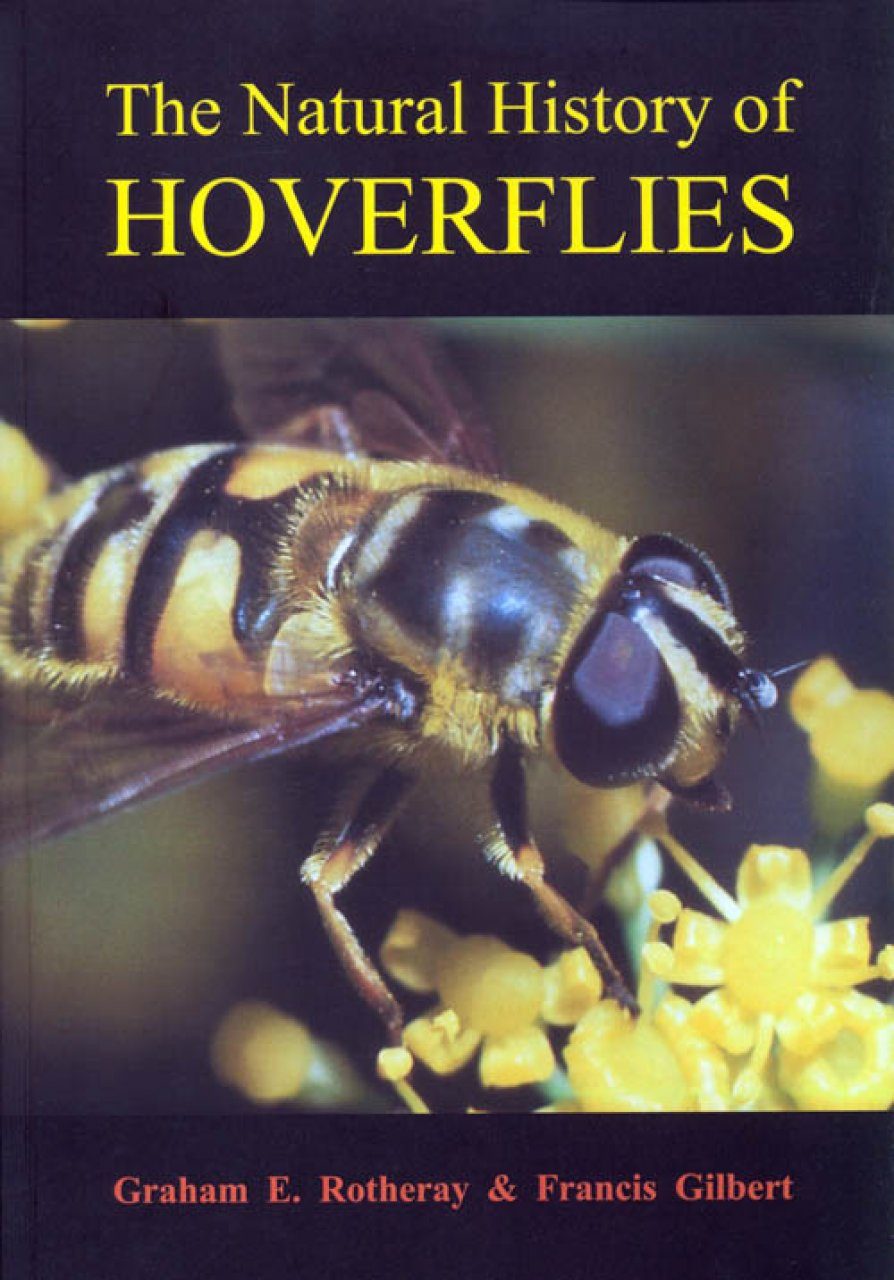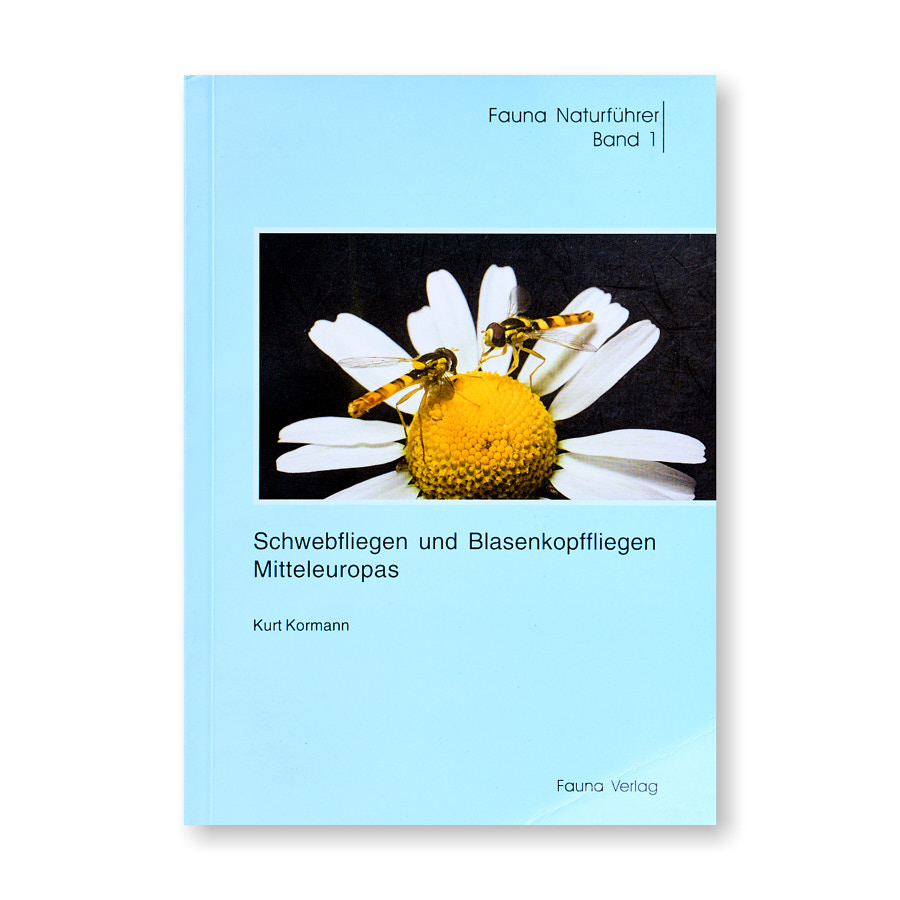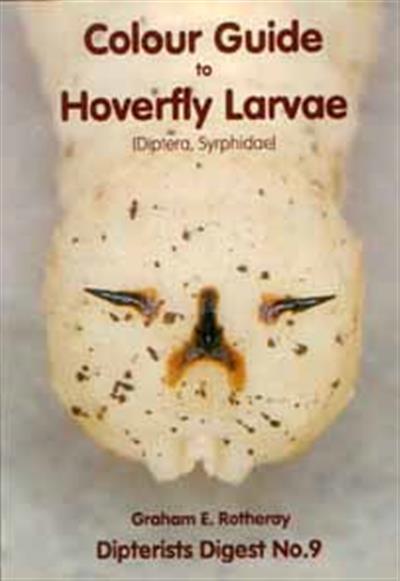(thoughts on biodiversity within the city)
Old Botanical gardens as a prime example for the possibilities for urban space for biodiversity - a journey through the old botanical garden of Göttingen.
When you think about biodiversity, what comes to your mind? National parks and protected areas? Do you think biodiversity is that untouched place on earth, where wilderness can develop? Then we have a problem. Why is this perception problematic? We find biodiversity everywhere, from cities to rural areas, protected areas to parks and agricultural fields. If we only think about sanctuaries and protected areas when thinking about places, where we can find biodiversity, we do not do enough to conserve the diversity of life that is out there. Furthermore, we will not be able to observe the wide range of biodiversity that is around us and acknowledge all the benefits we gain from it. Biodiversity is more than national parks, it shows in the crops we eat and the diversity of landscapes we drive or hike through. Not to mention that there no areas anymore which have not changed due to human influence humans at least indirectly, for instance by higher values of Nitrogen and CO2.

Photo: G.Öhm
Find biodiversity in your city
We can change how we perceive biodiversity when we try to see our public spaces in a different light. By doing this, a new awareness can be achieved about biodiversity really means – in order to be aware of the biological diversity around us, we must learn first, how to perceive it. The easiest way is to go out in the next public park to look for plants, insects and birds. A public park or a botanical garden is a human-created habitat but at the same time attracts a big number of native animals, which feed on the plants or use the habitats provided.
A few decades ago, the garden was threatened by a new development. In 1967 the new botanical garden was found in the north of Göttingen. Why keep the other one when the new one would offer several new opportunities for research, education and conservation? Walking through the old botanical garden today helps to understand the many ways, in which the garden serves Göttingen – not only the University of Göttingen but as well the thousands of people visiting every year and- last but not least- the biological diversity.
Old treasures
The charm of the garden comes with age: It was established by Albrecht von Haller in 1736. He was a contemporary of the famous botanist Carl von Linné. Embedded in the city wall the garden connects natural history with the historic site. With its founding, the garden was a so called hortus medicus, meaning that it was used to grow medicinal plants for the University, later more and more exotic species were grown here.
Nowadays the old botanical garden has a few spots, which might seem untended. But the truth is, that the garden is more alive than ever. Asking one of the gardeners about this issue, one learns that the garden has a team of volunteers, but not enough personnel to keep everything tidy. When taking a closer look at the biological diversity of the garden, it becomes clear that a tidy garden is not always good. The old stone walls are hiding-holes for multiple animals. Some solitary wild bees built their own homes: Holes in the sand between the stones of the path through the botanical garden or in old stems of garden plants – what seems unkept first is the birthplace of new bees.
Rich of biodiversity, but underappreciated by the University
Nevertheless, the garden would thrive even more when the staff would not have to worry about its financial means. An open space reminds of the Victoria house, where a giant waterlily was kept. The building had to be torn down but there are not enough finances to build a new one. Outside in the garden many of the signs with the scientific names of the plants are not in their correct place, some are missing. Decades ago, the garden had an entrance fee. Would this be a solution for some of the financial problems? The University’s contributions to the garden do show how much they value this special place – which serves as a figurehead for the city of Göttingen. Secondly, a fee would not fit with the open presentation of natural sciences. The botanical garden provides a window for the public into where the governmental funding is used for. And it can be accessed more often than just at the “Lange Nacht der Wissenschaften”, the long night of sciences, which presents Science in Germany every year for the public.

Photo: G.Öhm
An oasis both for human as well as animal visitors
While walking through the botanical garden, the sound of the city is a bit quieter. Now there is the twitter of the robin, a close look at the bushes shows the small bird with its red chest. Next to the city wall, a tiny river gurgles and flows. In the medieval times this natural stream probably has been used as the drain for the city, but now it brings a harmony into the garden. Next to the big pond, there are yellow dots and a bunch of insects moving from dot to dot. The yellow dots turn out to be buttercups, or “Hahnenfuß” flowers (the German common name “Hahnenfuß” connects to the form of the leafs and means roosters foot). Ranunculus, the scientific name makes the name universally identifiable, while the common name can vary – not only between countries, but as well in between different regions. “The beginning of wisdom is to call things by their proper name.” Confucius said. When we pay attention to every creature, it helps us to perceive nature differently. If we pay attention to the different flower species and the different kinds of insects, we will start to understand their importance, too.
Botanical gardens have a long history in Europe. Habitats from different countries and different climate zones are presented here, both in the greenhouses as well as outside in the garden. The structural diversity in the outside-area of the garden is source to an especially high habitat diversity on a small area. This diversity results not only in a high number of flowers blooming through the seasons in every colour of the spectrum. More than the aesthetical experience is the ecological role since it functions on different levels.
Green city spaces can serve as an important insect habitat
Especially today, the garden serves a special role. Studies showed a decline of insects – one of the main reasons being the decline of structural diversity in the cultural landscape in the last decades and the impact of fertilizer and pesticides on native plant diversity. Next to the aesthetic experience the botanical garden provides, it has another, educational role for the public: to show the interlinkages between structural and species diversity and sensible for the importance of our biological diversity.
Insects are an animal group profiting from the botanical garden. One group of insects which could be easily overseen especially thrives here are the hoverflies. One could mistake these little insects for a wasp, bee, or a bumblebee, since they do not look like a “typical” fly. Their black and yellow patterns prevent them from being eaten by birds, even if they are not poisonous at all. This kind of deception is called “mimicry”. The English name “hoverflies” originates from the fly’s behavior. They can hover in the air above the flowers or above a path in the sun, like a small helicopter.

Photo: G.Öhm
Hoverflies:”The botanical garden is one of our favourite spots”
Why now is the botanical garden so attractive to these flies? The already mentioned floral diversity and abundance is a factor, why many insects are attracted by the garden – nectar and pollen are provided during the whole vegetation season. Hoverflies are a group of flies with many species, and very various larval developing habitats. Here the botanical garden and its structural diversity plays a role, too. It can provide habitat to hoverfly species with the most variable requirements.
The ponds of the garden provide habitat for flies which have peculiar looking larvae - a maggot with a telescope-like breathing tube which stretches to the water surface. Hence this larvae-type is called rattailed maggot. They feed on microorganisms they filter out of the water. Some of the flies, the socalled drone flies, look like bees and are very mobile, so they can be found throughout the garden. The more wasp like appearing Helophilus and Parhelophilus species are spending their time rather near the ponds.
The areas of the garden, which are shaded by trees in summer, show the most colorful bloom of springflowers like daffodils and wild garlic in spring. Most of the spring flowers here are geophytes, that means that they have a perennial part of the plant in the earth, like a bulb. Here we find some of the very few hoverfly species, that could possibly become pests (but only so in a monoculture, e.g. when commercially cultivated). Merodon equestris and Eumerus species develop in the bulbs of the springflowers - Especially Merodon equestris has been transported through the world with the trade of the bulbs. Cheilosia species, feeding on the wild garlic, are appearing later. They do not feed on the bulbs but need the leaved for their larval development. They develop within the leaves, in order to do so the very flat maggot builds a tunnel and feeds on the plan as it does.
Most hoverflies are rather the opposite of pests since many species feed on aphids. Therefore, they are widely used for biological pestcontrol. The one which is most common is the marmalade fly (Episyrphus balteatus). This wasp like fly is orange with black bands and can be found everywhere where there are aphids of any kind.
Looking at flies and getting the bigger picture
There are several hundred hoverfly species in Germany – some of their larvae develop in water, some are predatory on aphids, others feed on plants. This is not all: hoverflies develop in nearly every habitat, where flies can be found: Some species develop in the deadwood of old trees, others live in the nests of wasps, several eat on decaying plant matter. Their wasp, bee or bumblebee-like appearance makes them a true eye-catcher. Once someone noticed how to differentiate them from their stinging “model” they will find these flies everywhere. And it is actually not too difficult to expose a wasp-like appearing fly: If the hover-flight does not give it away already, there are a few traits to check for: Flies usually have short antennae, no real “wasp-waist” and only one pair of wings - hymenopterans (which are bees and wasps) have longs antennae, often a very thin “wasp-waist” and two pairs of wings.
The last trait can be tricky, since many wasps can fold their wings un top of each other, but the combination of traits does the job. And then, finally, the hoverflies can be identified by young and old and serve as ambassadors to the great world of insects. From the will of getting to know more about these flies, there is only a tiny step to understanding more about the importance of structural diversity - as seen in the botanical garden and missing in the wider landscape. This can be in the agricultural landscape, in city parks and our gardens. Biological diversity is all around us. If some of your friends so not agree, it may be time for the next visit in the old botanical garden of Göttingen!

Photo: G.Öhm
[Adapted from a blog Entry for GYBN Europe. First published 2021 on the Blog of the European Chapter of the Global Youth Biodiversity Network (GYBN Europe): https://gybnweb.wixsite.com/europe/post/finding-biodiversity-within-the-city-walls]


.png)













